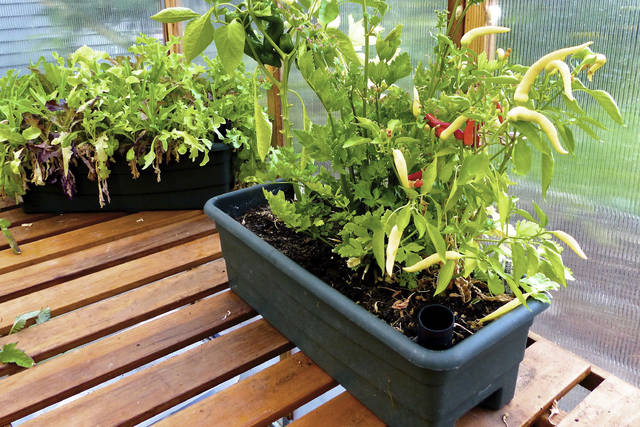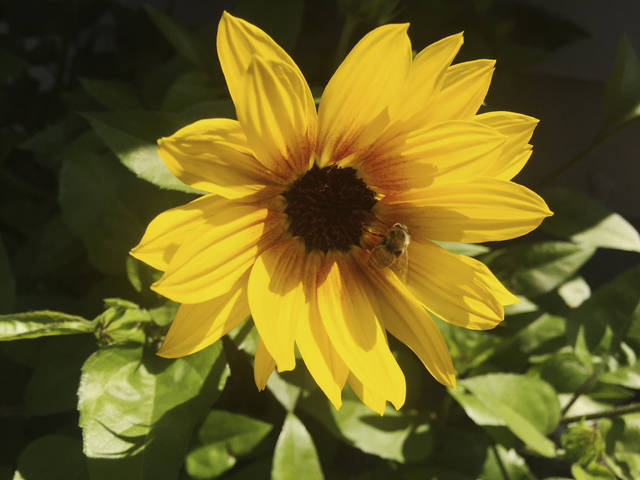Advice to first-time gardeners: Think small, find your spot
Another growing season is building momentum with the arrival of the 2020 seed catalogs, and gardeners are drafting plans for new harvests. There’s such a thing as being too enthusiastic, though, especially among novices.
Beginners can achieve their best planting results by thinking small.
“Starting too large is the most common mistake made by first-time gardeners,” said Barbara Murphy, a master gardener coordinator and horticulturist with University of Maine Cooperative Extension for 23 years.
“Limit yourself to 10 feet by 10 feet,” she says. “If you grow frustrated because of too many things happening the first year, there’s a good chance you won’t feel like gardening for a second. You can always expand as your skills develop.”
Other tips that beginners can start thinking about now:
Find the right location
You need 12 to 16 hours of sun per day for a vegetable garden, Murphy said. Ornamental gardens aren’t as fussy.
Gardens also need a convenient water source and rich, well-drained soils.
“Good soil preparation is important to success, but be patient,” said Rosie Lerner, an Extension horticulturist with Purdue University. “Don’t force the soil when it’s wet. Soil structures will compact and get tight. That makes it tough for water and air to move through and greatly inhibits growth.”
Squeeze the soil gently in your hand. If it crumbles a bit when squeezed, it’s ready for use. “It can take a long time to get good soil texture, and just minutes to destroy it if you work it while it’s too wet,” Lerner said.
Keep records
“You can learn a lot by recording things,” Lerner said. “What worked and what didn’t. Put those lessons to use the following year.” For vegetable gardens, choose easy-to-grow plants like leaf lettuce, carrots, zucchini, potatoes, green beans and radishes. Leave more challenging plants like cauliflower, melons, celery and broccoli for another season.
Deal quickly with insects
“Make regular visits to your garden to check for plant pests,” Murphy said. “Don’t worry about the adults. You want to go after the eggs before they develop into juvenile leaf cutters. Most eggs are on the underside of leaves. Use soapy water and picking or simply remove the infested leaves.”
Avoid overcrowding
That stresses plants, invites disease and reduces yields.
Weeds compete with your plants for nutrients and water
Get rid of them before they go to seed. Mulching retains soil moisture, cools the ground and smothers weeds. Use natural and free materials like shredded leaves, newspaper, grass clippings and sawdust that also enrich the soil over time.
Recruit pollinators
Adding clumps of pollen-rich blooms (think daisy-like coneflowers, sunflowers, asters) to a vegetable mix enhances pollination and boosts harvests.
Eliminate or ease up on the pesticides
Chemicals don’t discriminate. They kill the beneficial insects along with the bad.
Remove the ads from your TribLIVE reading experience but still support the journalists who create the content with TribLIVE Ad-Free.


